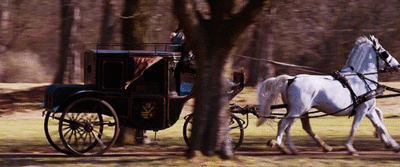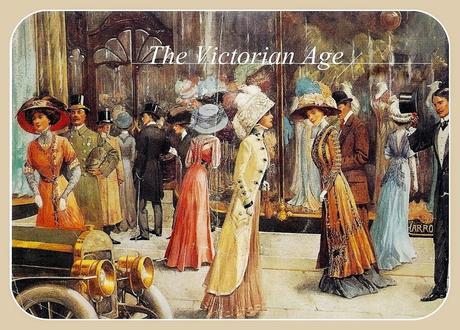
Dato il successo e la simpatia che le due precedenti pubblicazioni sull'argomento hanno riscosso presso di voi, vado certa nel pubblicare per la terza volta una raccolta di curiosità che risalgono all'epoca vittoriana ... buona lettura !
☞ Nel 1839 l'eminente naturalista Charles Darwin sposò la cugina di primo grado Emma Wedgewood, che, oltre ad essere la sorella del suo caro amico Hensleigh conosciuto alla Cambridge University, era anche già sua cognata in quanto suo fratello Joe aveva sposato Caroline, la sorella di Charles nel 1837. Charles ed Emma si maritarono il 29 gennaio 1839 e, pensate che la funzione venne celebrata dal vicario di Maer John Allen Wedgewood, che era primo cugino di entrambi ... quanto erano stretti i legami di famiglia un tempo !

Oyster stall
☞ A metà del XIX°secolo la maggior parte delle persone appartenenti alla classe lavoratrice acquistava cibo dai venditori ambulanti.
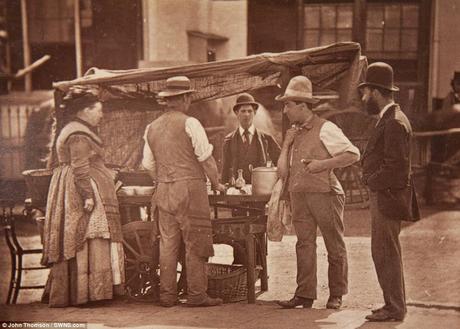 Tra i venditori più popolari vi erano l' Oyster stall, il venditore di ostriche, che erano economiche, nutrienti e perciò molto ricercate dai popolani e l'Hot eel and pea soup man, il venditore di zuppa d'anguilla e piselli; pensate che a Londra nel 1850 esistevano più di 500 bancarelle che vendevano tazze di anguille e mezze pinte di zuppa di piselli al 1/2d (metà pence) ciascuna. In una occasione il servo di un gentiluomo si dice avesse mangiato 16 tazze di anguille in una sola volta !
Tra i venditori più popolari vi erano l' Oyster stall, il venditore di ostriche, che erano economiche, nutrienti e perciò molto ricercate dai popolani e l'Hot eel and pea soup man, il venditore di zuppa d'anguilla e piselli; pensate che a Londra nel 1850 esistevano più di 500 bancarelle che vendevano tazze di anguille e mezze pinte di zuppa di piselli al 1/2d (metà pence) ciascuna. In una occasione il servo di un gentiluomo si dice avesse mangiato 16 tazze di anguille in una sola volta !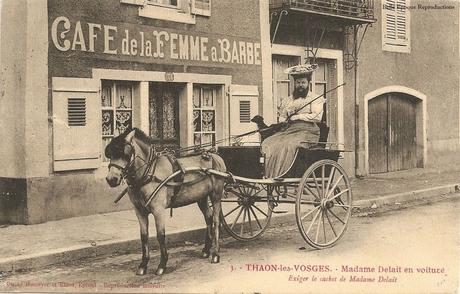
☞ Clémentine Delait (1865 - 1939) era una signora barbuta francese che gestiva insieme con il marito un caffè presso Thaon-les-Vosges, in Lorena, Francia. Secondo quanto venne in seguito raccontato, Clémentine, nel visitare un tempo un circo, vide una donna con una barba incolta che si spacciava per donna barbuta ed ella, che dall'età di 18 anni teneva a malapena a bada baffi ed un abbondante peluria sul viso, era certa che avrebbe potuto crescere una barba ben migliore. Suo marito puntò 500 franchi su tale sfida e la scommessa attirò persino molti più clienti al caffè dei Delait; il successo 'visibilmente conseguito' fece sì che il loro caffè divenisse Le Café de La Femme a Barbe, "Il caffè della donna barbuta" e che Clémentine da allora ella divenne celebre come donna barbuta guadagnando anche denaro conseguentemente alla vendita di cartoline e fotografie.
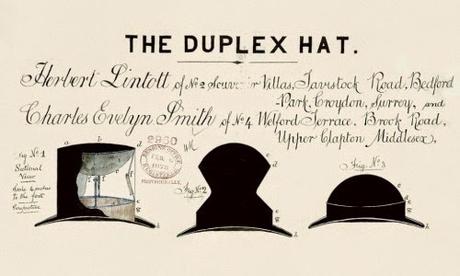
☞ Nel 1878 il governo britannico respinse una domanda di brevetto presentata da
Mr.Herbert Lintott e Mr.Charles Evelyn Smith per la loro invenzione 'The Hat Duplex', un ingegnoso dispositivo che utilizzando una serie di molle nascoste era in grado di trasformare un cappello a cilindro in una bombetta nel giro di pochissimi attimi... un'idea talmente simpatica .... ed utilissima !
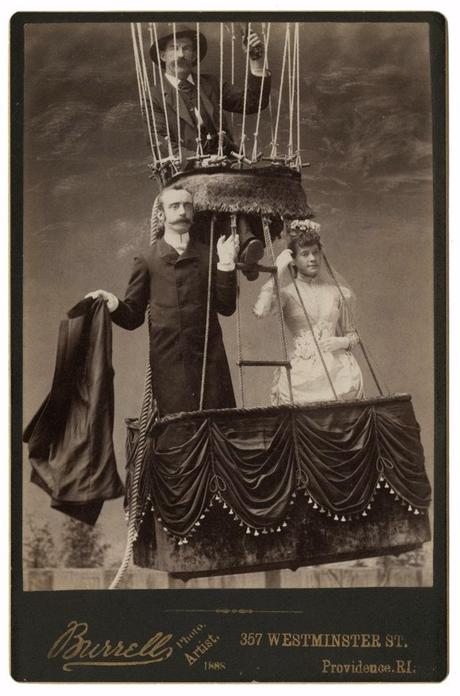
☞ Il 27 Settembre del 1888 venne celebrato presso la Rhode Island State Fair a Narrangansett Park di Providence il matrimonio tra Margaret Buckley ed Edward T.Davis. secondo un cerimoniale che evadeva quello usuale previsto del protocollo.
Un articolo nel Frank Leslie’s Illustrated Newspaper stimava che fossero circa in 40.000 ad osservare la coppia mentre entrava nella mongolfiera gigante chiamata Commonwealth, debitamente addobbata per l'occasione, trattenuto da corde trattenute da ben 24 uomini. Terminata la cerimonia, il loro viaggio di nozze ebbe inizio quando gli aeronauti James Allen ed il figlio James K.Allen presero la guida del pallone aerostatico e lo fecero volare verso la meta prescelta dagli sposi.
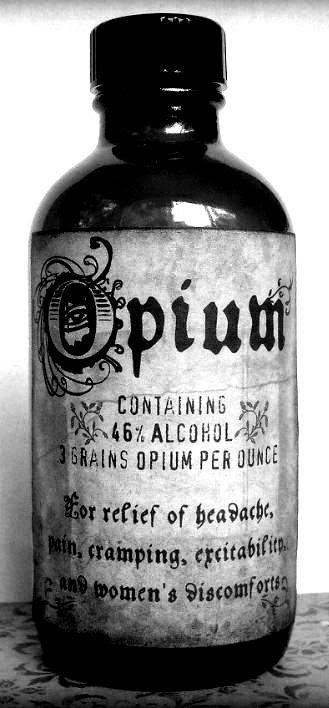
☞ Opium - Tears of the poppy. I Romantici erano persuasi che l'oppio, che molto laconicamente chiamavano 'Tears of the poppy – Lacrime di papavero', soprattutto per i sogni allucinatori che della sua assunzione erano la ovvia conseguenza, fosse un elemento fondamentale per il loro processo creativo in grado di contribuire notevolmente all'espressione della loro arte.
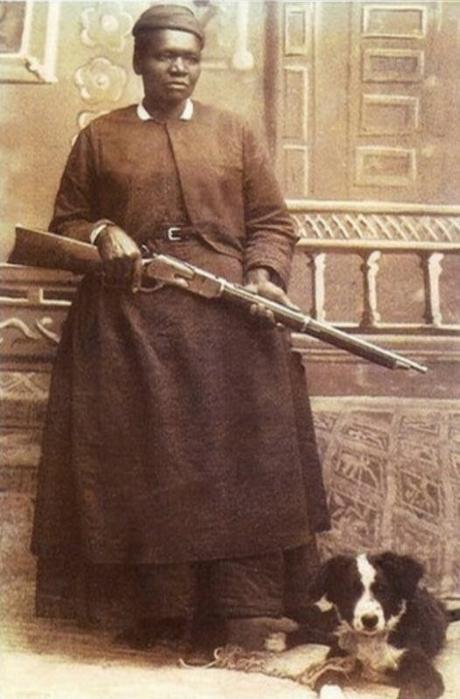
☞ Mary Fields nata schiava nel 1832 divenne una imprenditrice e conduttrice di diligenze; era un'abile pistolera del selvaggio West americano, alto un metro e ottanta, possente, e portava sempre con sé un paio di pistole a sei colpi ed un fucile da caccia calibro otto o dieci. Mary divenne un'abile cocchiere di diligenze postali degli Stati Uniti, precisamente nella regione di Cascade, una contea situata nel centro dello stato del Montana, nel 1895. Ella, insieme con il suo mulo Mosè, mai persero un giorno del loro lavoro e fu questo il motivo per cui divenne una leggenda del suo tempo, Stage Coach Mary!
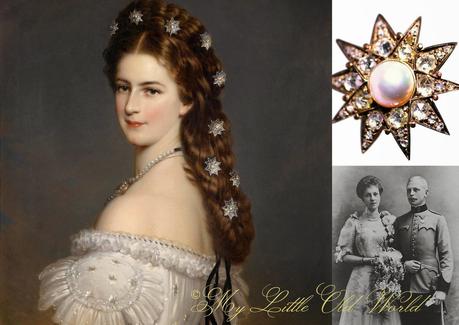
☞ Le celeberrime stelle di perle e diamanti immortalate da Franz Xaver Winterhalter nell'acconciatura del ritratto dell'Imperatrice Elisabetta d'Austria datato 1865 erano ben 27 e furono commissionate ai gioiellieri viennesi Köchert e Piote. Ultimata la posa alcune delle stelle vennero da lei date in dono alle sue dame di compagnia mentre le altre furono riservate ai membri della sua famiglia. Erzsi, ad esempio, ovvero l'arciduchessa Elisabetta, la sfortunata figlia del principe ereditario Rodolfo e della principessa Stefania del Belgio le indossò in occasione del suo matrimonio celebrato nel 1902 ( dalla fotografia sembra di vedergliene una appuntata sul petto ).
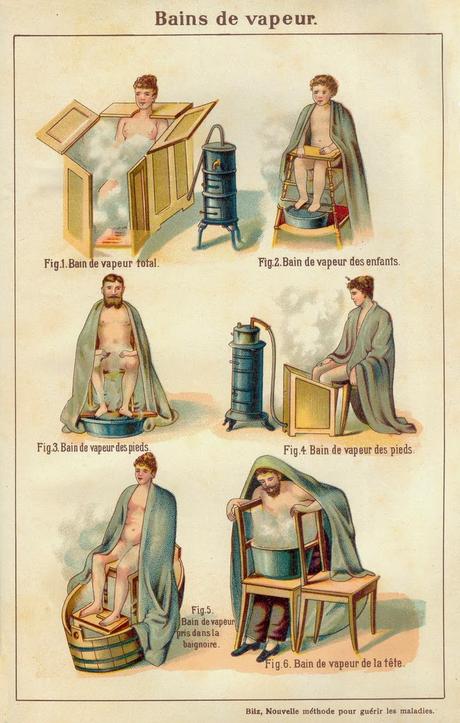
☞ Con il termine 'Bagni di vapore' s'intendeva una serie di trattamenti di idroterapia popolari nella seconda metà del XIX° secolo. Erano A loro modo precorrevano la moderna sauna e venivano generalmente installati in locali specializzati, ma potevano anche essere fatti in casa. Un bagno di vapore in casa implicava il mettere una conca di acqua bollente sul pavimento porvi sopra una sedia. Il 'bagnante' si sarebbe dovuto svestire, sedere sulla sedia e poi coprirsi con una coperta grande al punto da raggiungere il pavimento ed avvolgerlo per intero ed il vapore che rimaneva nello lo spazio tra di lui e la coperta, avrebbe dovuto essere; talvolta all'acqua bollente venivano aggiunte erbe, zolfo ed alcool per rendere il bagno più purificante.
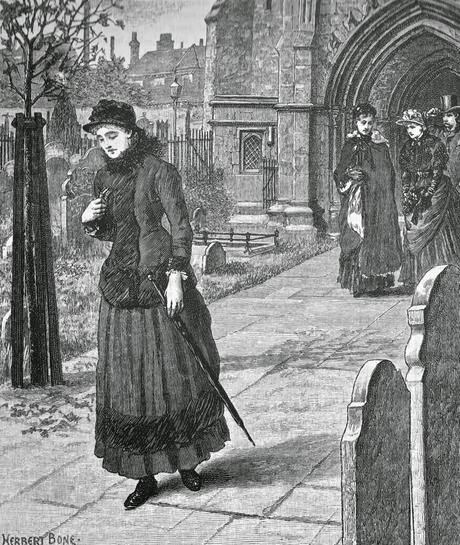
☞ Nel XIX° secolo anche i membri più poveri della società cercavano di avere una serie di abiti eleganti, che tenevano per il dì di festa, la domenica, generalmente per recarsi in chiesa. Molte persone appartenenti alle classi inferiori vivevano in locali angusti, soggetti a condizioni di sovraffollamento e non potevano giovarsi di luogo sicuro in cui conservare tali oggetti speciali. Era pratica comune per le persone che trascorrevano la loro esistenza in codeste condizioni condurre il proprio abito della domenica al Banco dei Pegni il lunedì mattina per poi recuperarli, riscattando il pegno, il sabato. Questo procedimento veniva ripetuto ogni settimana ed era talmente frequente che a Londra molti Banchi di Pegno avevano uno spazio di archiviazione riservato esclusivamente a tale scopo.
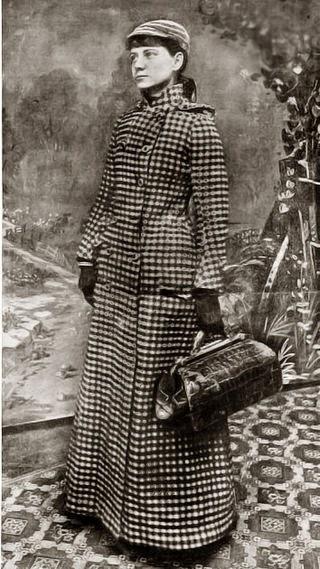
☞ Nel 1888, il New York World di Joseph Pulizer ricevette l'incarico d'inviare un reporter in un viaggio attorno al mondo, sulle orme fantasiose del libro di Jules Verne Il giro del mondo in 80 giorni. Si decise che Nellie Bly sarebbe stata quel reporter, e il 14 novembre 1889 ella partì da New York per il suo viaggio di 40.000 chilometri.
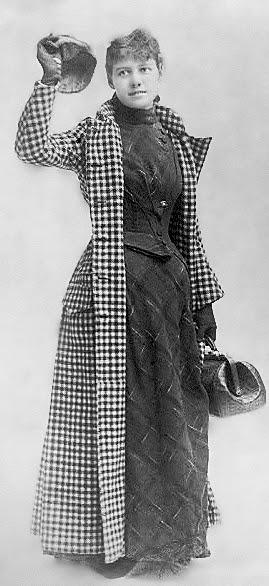 Dopo "Settantadue giorni, sei ore, undici minuti e quattordici secondi dalla la sua partenza da Hoboken" (25 gennaio 1890) Nellie tornò a New York. All'epoca si trattò di un record per la circumnavigazione della terra, anche se venne migliorato pochi mesi dopo da George Francis Train, che completò il viaggio in sessantadue giorni. Nel suo viaggio attorno al mondo ella non solo visitò il Regno Unito, il Giappone, la Cina, Hong Kong, e altri paesi, ma anche Amiens, il domicilio di Verne, Brindisi, Colombo, e San Francisco. Fu inoltre la prima donna a viaggiare attorno al mondo senza essere accompagnata ovunque da uomini e divenne un modello per le donne di ogni dove.
Dopo "Settantadue giorni, sei ore, undici minuti e quattordici secondi dalla la sua partenza da Hoboken" (25 gennaio 1890) Nellie tornò a New York. All'epoca si trattò di un record per la circumnavigazione della terra, anche se venne migliorato pochi mesi dopo da George Francis Train, che completò il viaggio in sessantadue giorni. Nel suo viaggio attorno al mondo ella non solo visitò il Regno Unito, il Giappone, la Cina, Hong Kong, e altri paesi, ma anche Amiens, il domicilio di Verne, Brindisi, Colombo, e San Francisco. Fu inoltre la prima donna a viaggiare attorno al mondo senza essere accompagnata ovunque da uomini e divenne un modello per le donne di ogni dove.E per concludere in allegria voglio lasciarvi con il sorriso radioso di questa piccola in una fotografia alquanto insolita per il periodo vittoriano, considerato che difficilmente venivano scattate foto senza che lo sguardo di chi veniva immortalato fosse serio o addirittura languido, indipendentemente dall'età.
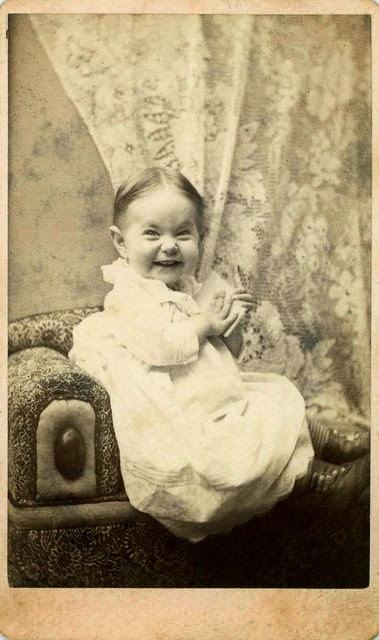
E per chi avesse perso le due parti precedenti:


Curiosità vittoriane II
Spero anche questa volta di avervi sollazzato facendovi trascorrere qualche minuto in simpatica allegria, vi saluto con immenso affetto e vi abbraccio, come sempre, con tanta, tanta gratitudine.
A presto ♥
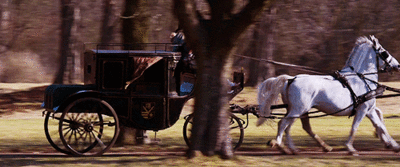


Victorian age curiosities III.
- picture 1
Given the success and the sympathy that the two previouspublications on the subject have found among you,
I go sure publishing for the third time a collection of
curiosities from the Victorian age ... have a good reading !
☞ In 1839 the eminent naturalist Charles Darwin married his first cousin Emma Wedgewood. As well as being the sister of his close Cambridge University friend Hensleigh, Emma was also Charles’ sister-in-law as her brother Joe had married Charles’ sister Caroline in 1837. Charles and Emma were married on 29th January 1839 in a ceremony which was officiated by the vicar of Maer John Allen Wedgewood who was first cousin to them both ... how tight were once family bonds !
- picture 2 - Oyster stall
☞ In the mid-nineteenth century the most of people belonging to the working class bought food from street vendors.
- picture 3 - Amongst the most popular there were the Oyster seller - oyster were cheap, nutritious and therefore so researched by the population and the Hot eel and pea soup man; you have to know that in London in 1850 there were more than 500 stalls selling cups of eels and half pints of pea soup at 1 / 2d (half pence) each. On one occasion the servant of a gentleman is said to have eaten 16 cups of eels at once!
- picture 4
☞Clémentine Delait (1865 - 1939) was a French bearded lady who ran together with her husband a coffee house in Thaon-les-Vosges, Lorraine, France. According to what was later told, Clémentine, visiting once a circus, saw a woman with a beard who meant to be considered as a bearded lady and she, who from the age of 18 years barely kept at bay a pait of generous mustaches and hairs on her face, was certain that she could grow a beard far too much better. Her husband pointed 500 francs on that challenge and such bet drew even more customers to the cafe of the Delaits; the fastly 'visibly achieved' success meant that their coffee became Le Café de La Femme a Barbe, "The coffee of the bearded lady" and Clémentine since then became famous as a bearded woman earning money also because of the sale of postcards and photographs.
- picture 5
☞ In 1878 the British government rejected a patent application filed by Mr.Herbert Lintott and Mr.Charles Evelyn Smith for their invention 'The Hat Duplex', an ingenious device that using a series of hidden springs was able to turn a cylinder hat in a bowler hat in a matter of moments ... it was such a nice idea, and so useful, I suppose !
- picture 6
☞ On September 27th, 1888 at the Rhode Island State Fair Park in Narrangansett Providence was celebrated the marriage between Margaret Buckley and Edward T. Davis. in a ceremony that 'got away' the lore expected by the protocol.An article appeared on the Frank Leslie's Illustrated Newspaper estimated that about 40,000 people were watching the couple as it entered the giant balloon called Commonwealth, duly decked out for the occasion, held in place by ropes held by 24 men. After the ceremony, their honeymoon began when the aeronauts James Allen and his son James K.Allen took the leadership of the balloon and let it fly to the destination chosen by the couple.
- picture 7
☞ Opium - Tears of the poppy. The Romantics were convinced that opium, that very laconically called 'Tears of the poppy', especially for the hallucinatory dreams that of its recruitment was the obvious consequence, was a key element in their creative process and could greatly contribute to the expression of their art.
- picture 8
☞ Mary Fields, born as a slave in 1832, became a businesswoman and presenter of stagecoach; she was gun-totin' female in the American Wild West who was six feet tall, powerful, and she carried a pair of six-shooters and an eight or ten-gauge shotgun. Mary became a skilled driver of mail-coach of the United States, specifically in the area of Cascade, a county located in the center of the state of Montana, in 1895. She, along with her mule Moses, never lost a day of work and this was the reason why she became a legend of her time, Stage Coach Mary!
- picture 9
☞ The world-famous star of pearls and diamonds immortalized by Franz Xaver Winterhalter in the hairstyle of the portrait of Empress Elisabeth of Austria dated 1865 were as many as 27 and were commissioned to the Viennese jewelers Köchert and Piote. Once the laying was ended, some of them were given as a gift from her to her ladies in waiting while the others were reserved for the members of her family. Erzsi, for example, the Archduchess Elizabeth, the unfortunate daughter of the Crown Prince Rudolf and of Princess Stephanie of Belgium, wore them in the occasion of her marriage celebrated in 1902 ( In the photo it seems to see one of them pinned on her chest ).
- picture 10
☞ Vapour baths were one of a number of popular hydrotherapy treatments in the latter half of the XIXth century. They were a precursor to the modern sauna and were usually installed in specialist premises but could also be set up at home. A home vapour bath involved putting a bowl of boiling water on the floor and placing a chair over it. The bather would undress, sit in the chair and then have a large blanket put over him. The blanket reached the floor and the space inside filled with steam which the bather was encouraged to breathe and bathe in. Variations on this included sulphur, spirit, and herbal baths which were made by adding the necessary ingredient to the boiling water.- picture 11☞ In the XIXth century even the poorest members of the society were trying to have at least an elegant cloth, who kept for Sunday, usually to go to the Church. Many people belonging to the lower classes lived in cramped, subject to conditions of overcrowding and couldn't benefit from safe place where to store these precious and special items. It became so common practice for people who spent their lives in such conditions to bring their Sunday clothes to the pawnbroker's every Monday morning to redeeming the pledge, on Saturday. This process was repeated every week and was so frequent that in London many benches Pawn had a storage space just reserved for that purpose.- picture 12
☞ In 1888, the New York World of Joseph Pulitzer was commissioned to send a reporter on a trip around the world, in the footsteps of the fantastic book"Around the World in 80 Days" by Jules Verne. It was decided that Nellie Bly was the reporter, and on November 14th, 1889 she sailed from New York on her journey of 40,000 kilometers.
- picture 13 on the right - After "Seventy-two days, six hours, eleven minutes and fourteen seconds since her departure from Hoboken" (25 January 1890) Nellie returned to New York. At the time it was a record for the circumnavigation of the earth, even if she was overcome a few months later by George Francis Train, who completed the journey sixtytwo days. In her journey around the world, she didn't only visited the United Kingdom, Japan, China, Hong Kong, and other countries, but also Amiens, Jules Verne's mansion, Brindisi, Colombo, and San Francisco. She was also the first woman to travel around the world without being accompanied by any men and so she became a role model for women everywhere.And finally to leave you in full joy, I want to show you this little radiant smile in a photograph rather unusual for the Victorian period, given that it was unlikely to take photos without the look of who was immortalized serious or even languid, regardless of the age it had.

Victorian age curiosities.

Victorian age curiosities II.
I hope this time too to have enjoyed you making you spend a few minutes in sympathetic joy, I greet you with great affection and I hug you, as always, with lots and lots of gratitude.
See you soon ♥
